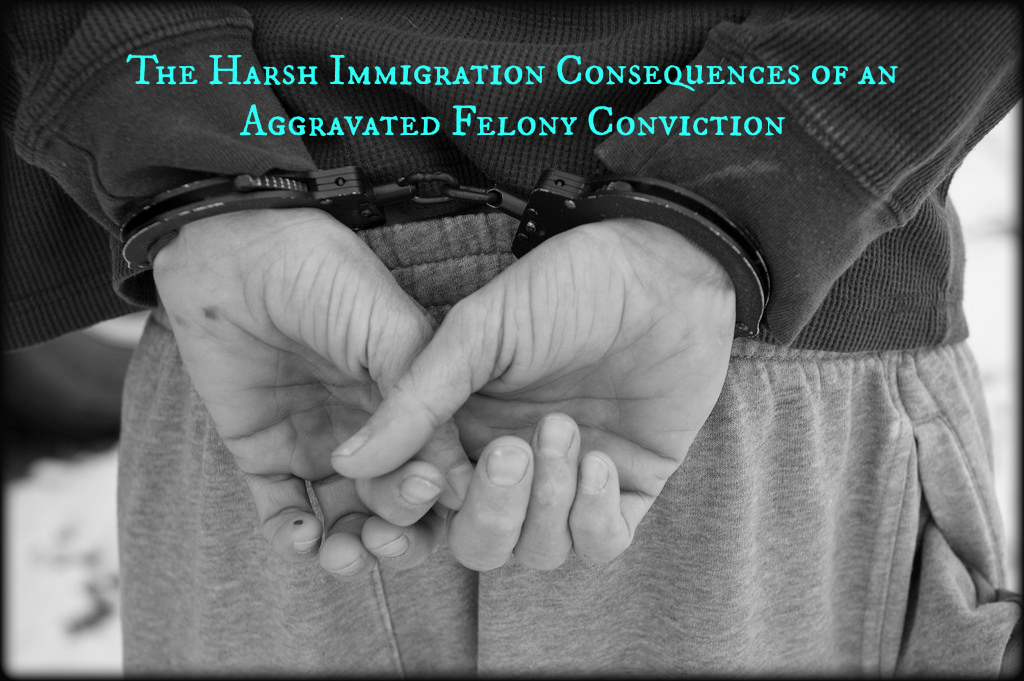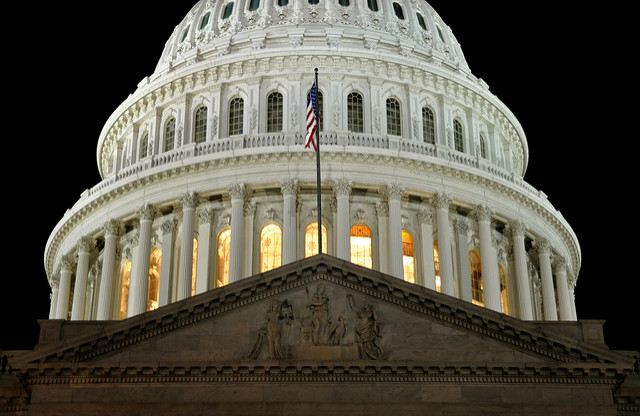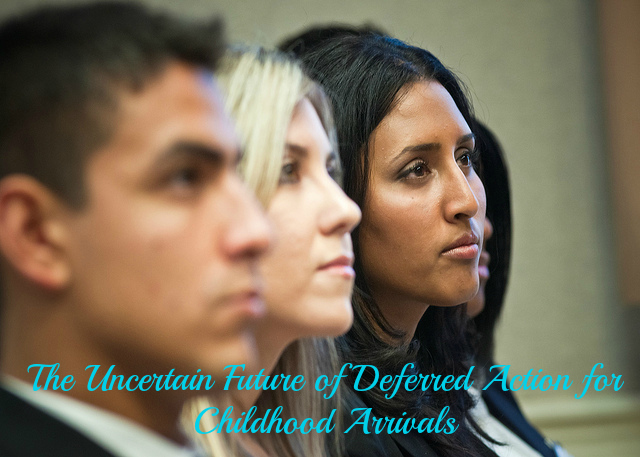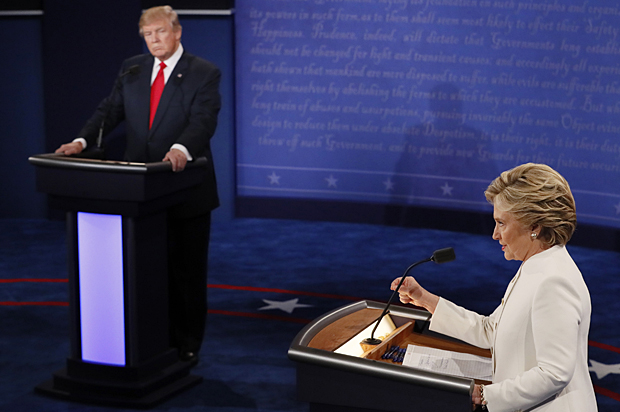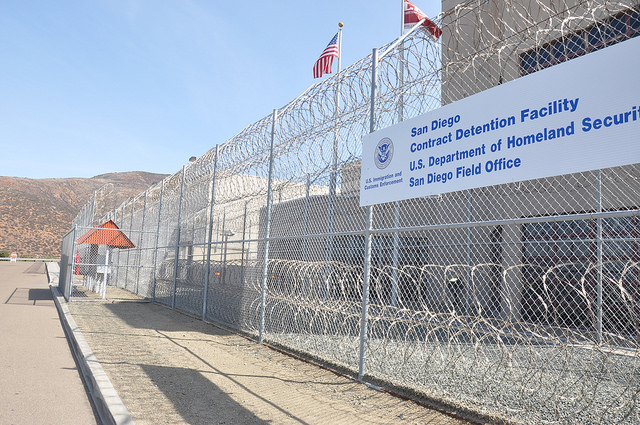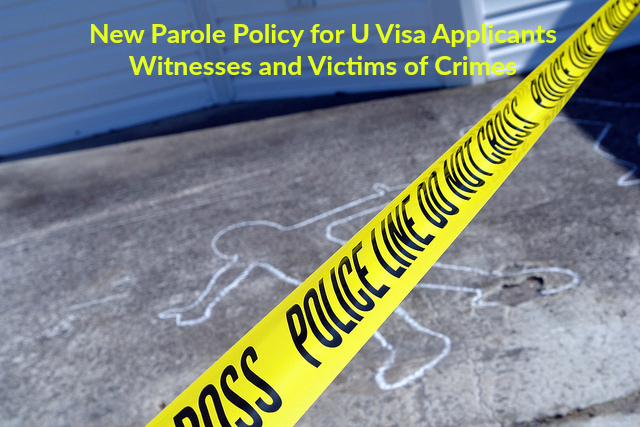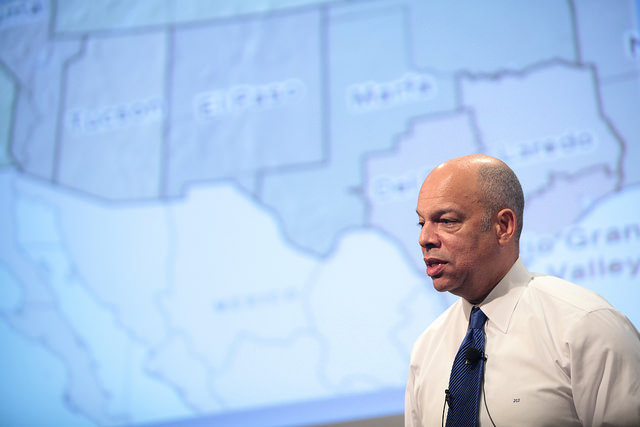One of the most common questions we often receive during in person and telephonic consultations is whether an aggravated felony may decrease a person’s chances to legalize their status in the United States. The harsh reality is that the immigration options for noncitizen aliens convicted of an “aggravated felony” are severely limited, and in most situations, the immigration laws of the United States subject these individuals to the harshest deportation consequences. Even if you have been lawfully admitted to the United States or are currently a Legal Permanent Resident (LPR) you may be subject to deportation if you commit an aggravated felony. In other words, so long as you are a noncitizen alien, you may be at risk of deportation if you are or have been convicted of what is considered an “aggravated felony” in the United States or any other country. What’s more, aggravated felons lose many of the privileges that are designed to provide relief to individuals from deportation, and in some cases these individuals may be prevented from re-entering the United States permanently, following removal from the United States. The immigration laws of the United States, passed by Congress, contain numerous provisions that are designed to keep criminals outside of the United States, and in turn prevent criminals from being allowed to remain in the United States. While Congress has recognized that there are few exceptions to the rule that should be made in cases where there is a compelling argument to be made in favor of allowing a person found guilty of an aggravated felony to remain in the United States, having taken into consideration the fact that an immigrant’s removal may result in extreme hardship for U.S. Citizens. Unfortunately, these exceptions are very few and far in between, and deportation is the most probable outcome. When it comes to crimes of moral turpitude and crimes that fall under the category of “aggravated felonies” the U.S. immigration system is very unforgiving.
What is an aggravated felony?
An aggravated felony is a term that describes a particular category of offenses that carry with them harsh immigration consequences as punishment for noncitizen aliens who have been convicted of these types of crimes. Noncitizens who have been convicted of an aggravated felony lose the opportunity to apply for most common forms of relief available to law abiding noncitizens, that would have shielded them from deportation. Noncitizens who have been convicted of an aggravated felony for example are ineligible to apply for asylum and may not be readmitted to the United States in the future. An “aggravated felony” is an offense that Congress has labeled as such, and does not actually require the crime to be considered “aggravated” or a “felony” to qualify to be an “aggravated felony.” In other words, the term must not be taken literally. Many crimes that are labeled “aggravated felonies” are nonviolent in nature and constitute minor offenses, nonetheless these crimes fall under the Congressional categorization of an “aggravated felony.”
The myth of what constitutes an “aggravated felony”
For purposes of immigration law, an offense does not need to be considered “aggravated” or a “felony” in the place where the crime was committed to be considered an “aggravated felony” under the Congressional definition of “aggravated felony.” There are numerous non-violent and trivial misdemeanors that are considered aggravated felonies per the immigration laws of the United States. At its inception, the term referred to crimes that were of a violent and non-trivial nature including such crimes as murder, federal drug trafficking, and illicit trafficking of firearms. Today, Congress has expanded the types of crimes that fall under the category of “aggravated felonies” to include non-violent crimes such as simple battery, theft, the filing of a false tax return, and failure to appear in court when summoned. To view the complete list of aggravated felonies under the Immigration and Nationality Act please click here. Other offenses that fall under this category include sexual abuse of a minor, although some states do not classify these crimes as misdemeanors or criminalize such behavior for example in cases of consensual intercourse between an adult and a minor. In most situations, a finding of any of these offenses will result in the loss of most immigration benefits, and in cases where the noncitizen is already a legal permanent resident or is in lawful status, the noncitizen will be subject to deportation.
 Visa Lawyer Blog
Visa Lawyer Blog


